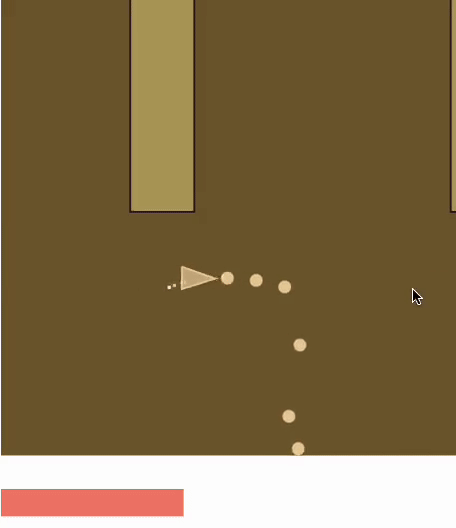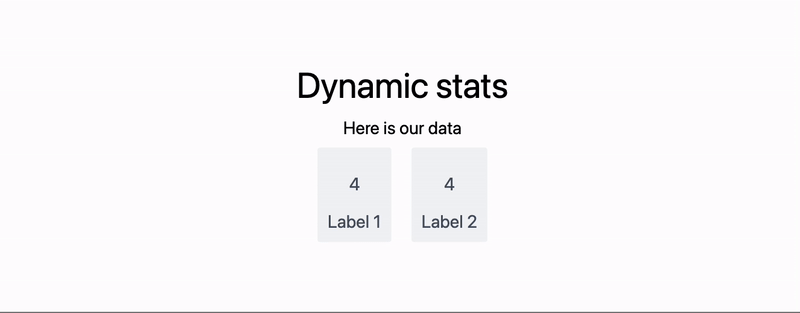using GeoData, surface plot, and a bunch of other beautiful stuff
Have you ever played Outer Wilds? The planets there are incredibly beautiful. This actually became the main motivation to create my own simple model of a planet, using real geographical elevation data and a bit of Wolfram Language magic.


-d50a7ba43aa803d771af46637606cc2f.jpg)






